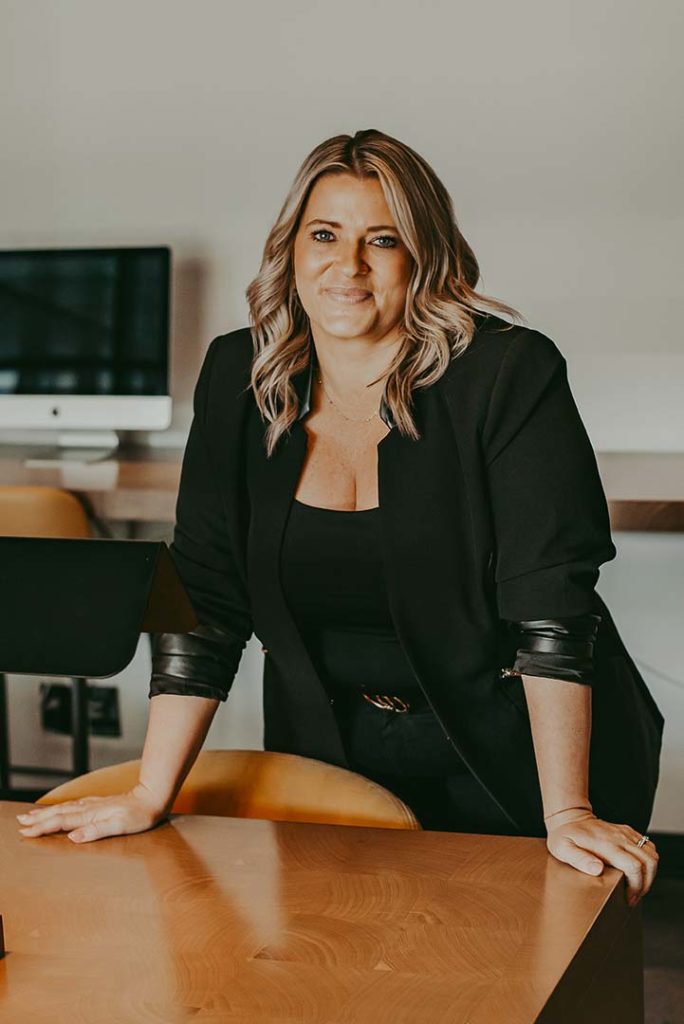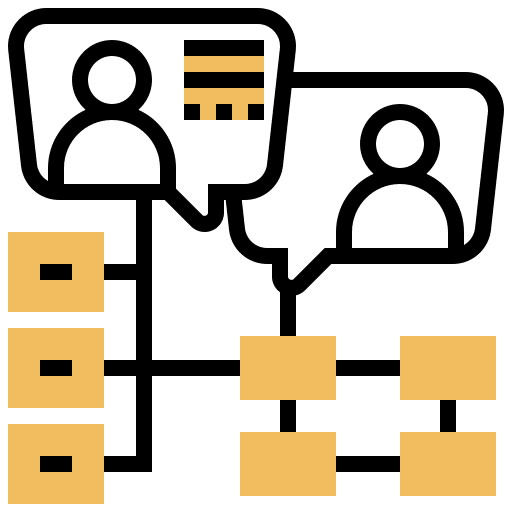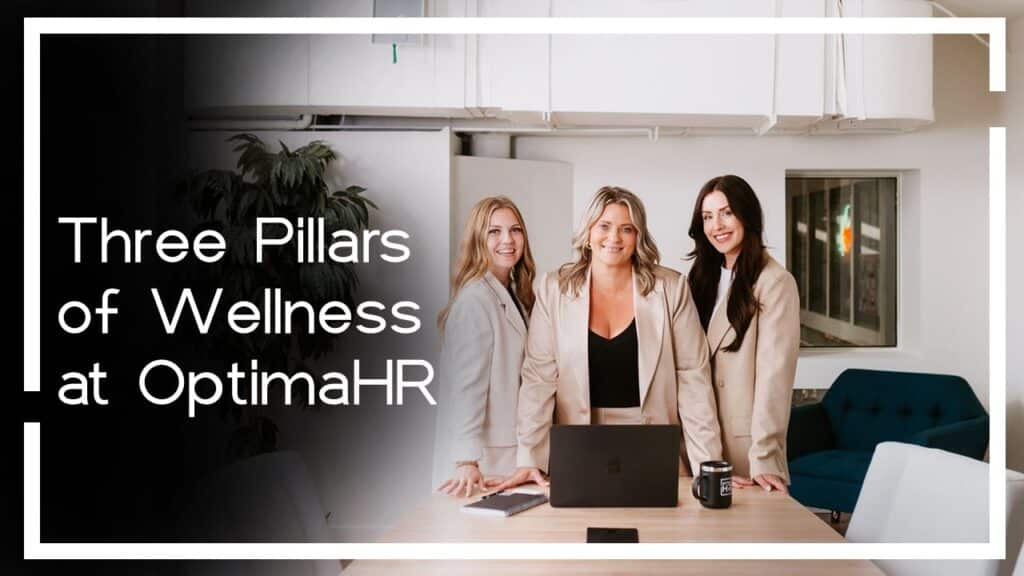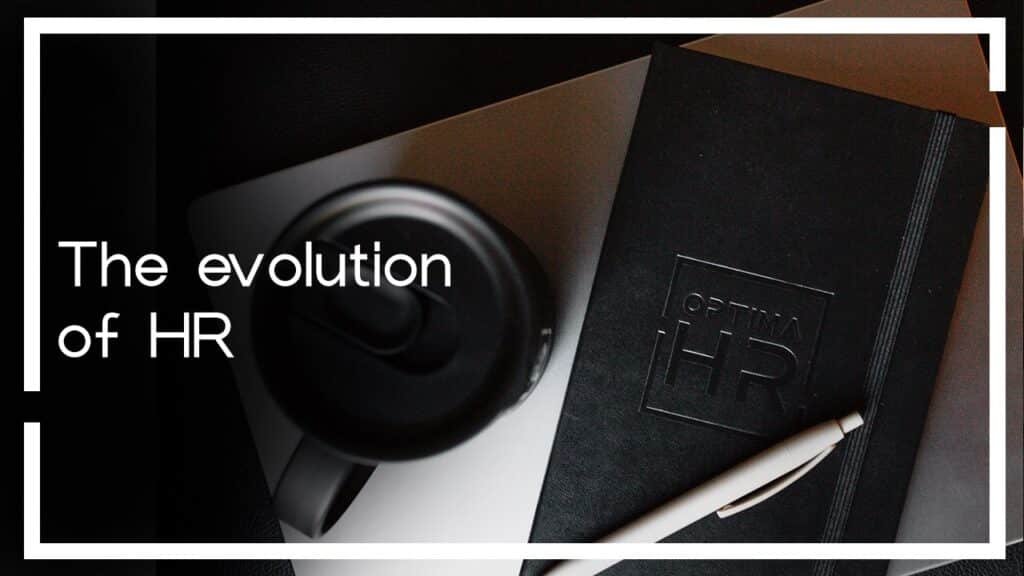When partnering with small and medium-sized businesses, OptimaHR believes in laying a solid HR foundation through key strategic assets. These assets help create clarity, consistency, and growth opportunities within your company — all essential for sustainable success. Here’s an inside look at the three essential assets we offer right from the start, designed to support your people and business goals.
1. Comprehensive Policy Manual: Setting Clear Expectations
The first asset we deliver is a customized policy manual — a crucial document that outlines the rules, expectations, and responsibilities for both the employer and employees.
This isn’t just about “what employees must do,” but equally about what employees can expect from the company. When everyone understands their roles and the company’s commitments, it builds trust and transparency. For many small to medium businesses without dedicated HR teams, having a clear policy manual is a game changer in reducing misunderstandings and fostering a positive work environment.
2. Employee Experience Journey Map: Understanding the Lifecycle
Our second asset is a workshop focused on the employee experience journey map, an invaluable tool that tracks all stages of an employee’s lifecycle — from attraction and hiring, through development, to departure.
At OptimaHR, we emphasize the importance of deeply understanding how employees feel and experience your company at every step. We engage with leadership and employees alike, including those new to the company and seasoned veterans, to gain a full picture of practical realities and emotional touchpoints.
This journey mapping allows us to:
- Identify pain points and opportunities for improvement
- Create benchmarks to measure progress over time
- Align people processes with your overall business strategy
By continuously improving the employee experience, you position your company as an employer of choice, helping to attract and retain top talent.
3. Skills Matrix: Mapping Strengths and Identifying Gaps
The third asset is the Skills Matrix — a powerful tool that helps both employers and employees visualize the competencies needed across positions and teams.
With a well-developed Skills Matrix, businesses can:
- Understand the exact skills required for each role
- Pinpoint existing strengths and skill gaps within teams
- Create accurate and targeted job descriptions for hiring
- Improve accountability and performance management
- Plan for succession and internal mobility
Succession planning is especially critical for small and medium-sized businesses where team members often wear multiple hats. The Skills Matrix supports smooth transitions when employees move roles or leave the company by identifying transferable skills and training needs.
Why These Assets Matter for Your Business
For many companies without a full-time HR department, these foundational assets help bridge critical gaps in people management. OptimaHR’s fractional HR services make it accessible to build these tools without the overhead of hiring a full HR team.
Together, the policy manual, employee journey map, and skills matrix provide a comprehensive HR base that supports clarity, engagement, and growth. These assets empower you to build better strategies, improve employee experiences, and ultimately enhance business performance.
Conclusion: Building Your HR Foundation with OptimaHR
Creating a strong HR foundation is essential for businesses looking to grow sustainably and retain talent. At OptimaHR, we customize these foundational assets to fit your company’s unique culture and goals.
If you’re a small or medium-sized business searching for fractional HR solutions that deliver strategic value and employee-focused assets, let’s talk. We’re here to help you create the right tools that make HR work for your team.
Ready to strengthen your HR foundation? Contact OptimaHR today to learn more about how our fractional HR services can deliver the assets your business needs.






